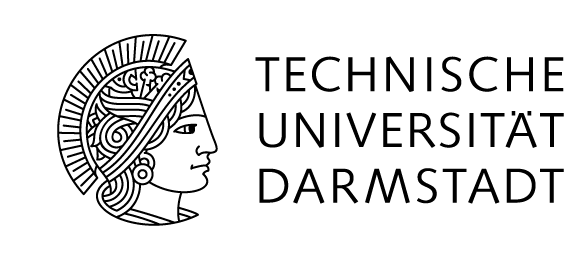| Attendee |
Attendees of a conference are all those who participate in the conference, visit the different sessions and listen to talks. |
| Author |
Authors are all those who have contributed to a submission. They will be mentioned on the submission and in citations. |
| Camera ready version |
A submission to a conference receives a review containing feedback. In many formats authors have the possibility to improve upon their submission based on that feedback. The improved version is the camera ready version; ready to be published. |
| CfP |
A call for participation takes place before a conference. The call encourages scientists to submit their contributions. All details necessary for a submission are published, like the submission deadline. For the deadline it is important to pay attention to the timezone as most conferences are international. |
| Extended Abstract |
An extended abstract is a summary of a paper. In general abstract refers to a short text, which may be used for e.g. paper overviews, catalogs, announcements. |
| Keynote |
A keynote is an introductory or retrospective talk. Usually the presenter is a well-known and/or relevant person. |
| Panel |
A panel is a (possibly) moderated discussion between invited guests in front of an audience. |
| Paper |
A paper is a submission to a scientific conference. Sometimes it’s also referred to as a full paper. |
| Poster session |
At a poster session authors may present their posters, which are mounted on pin boards next to them. Authors will respond to questions and exchange ideas with others. Usually posters from different authors will be in the same room. |
| Program Chair / Program Committee / Program Board |
The program chair is the head of the program committee. The committee takes care of all scientific concerns of the conference. |
| Short paper |
A short paper is similar to a paper as it’s also submitted to a scientific conference although it is generally shorter. |
| Review |
While reviewing a text, scientists use different criteria to decide on accepting a submission. Thereby they have five categories: strong recommendation to accept, tendency to accept, irresolute, tendency to decline, strong recommendation to decline. Different types, such as double-blind are used to ensure the fairness of the review process. The intent is for reviewers not to prefer submissions from well-known or famous scientists over those from young aspiring scientists. The double-blind technique does not allow to infer the author of a submission. |
| Talk |
A talk summarizes a submission and is given by at least one author. The aim of a talk is summing up the most important aspects of a submission and motivating listeners to read the submission. |
| Training |
A training aims to support attendees in a certain area or concerning a certain subject, e.g. scientific writing. |
| Visitor |
Visitors of a conference are those who attend the conference but are not authors. |
| Workshop |
A workshop is an interactive session during which the presenters introduce a subject, and attendees may interact or discuss. |

